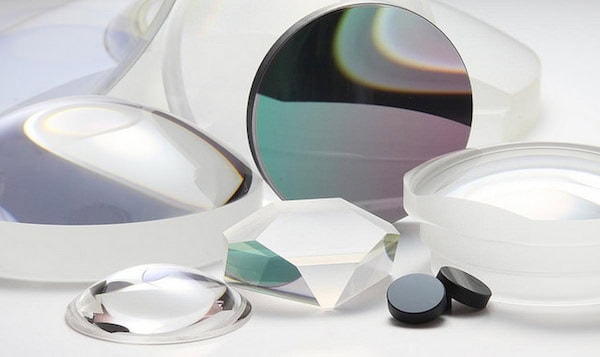
[Image above] Credit: Matthias; Flickr CC BY-NC-ND 2.0
Depending on the material, a lot of trial and error can go into development of a product made using 3-D printing technology, also known as additive manufacturing.
A quick search of our website yields dozens of articles on novel products that have been developed over the past several years using the process.
Now, a team of researchers at Northwestern University McCormick School of Engineering (Evanston, Ill.) are making inroads into 3-D printing optical imaging lenses. Led by associate professor of mechanical engineering Cheng Sun, the researchers developed a process to make a high-quality, low-cost lens from photo-curable resin that can be fabricated quicker than conventional methods and used in many applications for the optical and medical industries.
A new paper describes a 3-D printed lens that is attached to a mobile phone camera to capture the smallest details of a “sunset moth’s wing and the spot on a weevil’s elytra.”
“Up until now, we relied heavily on the time-consuming and costly process of polishing lenses,” Sun says in a Northwestern University article. “With 3-D printing, now you have the freedom to design and customize a lens quickly.”
Current manufacturing technologies are mainly optimized for mass production of large quantities, such as camera lenses, Sun explains in an email, and most spherical-shaped lenses are manufactured using the traditional grinding and polishing process. “For aspherical or customized shapes, the lens can be manufactured using the molding or CNC machining processes, but lenses still need to be polished in obtaining an optically smooth surface,” he adds.
And that process takes time. “We wanted to make something comparable but faster and with better quality,” Sun says in the article.
Following two years of research, Sun’s team created a custom lens that is 5 mm high and 3 mm in diameter in nearly four hours.

The team’s new method uses 3-D printing to make high-quality customized lenses quickly and at low-cost. Credit: Northwestern University McCormick School of Engineering
But their final lens wasn’t made without a few challenges along the way.
The first round of 3-D printing with a photo-curable resin resulted in a rough surface on the lens, which made it difficult to see through, according to Sun. “We realized that the layers on top of each other created surface roughness,” he says. “The roughness made the lens incapable of clear optics.”
The team solved this by layering and polishing the lens in a two-step process. “First, we used grayscale images to create more transitions between steps,” Sun says in the article. “Then, we coated the surface with the same photo-curable resin. That then forms the meniscus that further smooths the surface.”
And after 100 attempts, according to Ph.D. candidate and lead author of the paper Xiangfan Chen, the team produced a transparent lens that had a smooth surface.
For their next steps, Sun’s team plans to work to create larger lenses and integrate them into medical devices. And there are a multitude of applications for the 3-D printed lenses, including microscopes for the research industry, customized contact lenses for the optical industry, and lenses for biomedical imaging.
They have already applied for a patent. “Our next step is to explore the practical applications that fully utilize the strength of our methods,” Sun writes in his email. “Examples of the applications can be customized contact lens, miniaturized endoscopes, low cost microscopes, or free-form optics in general.”
The paper, published in Advanced Materials, is “High‐speed 3D printing of millimeter‐size customized aspheric imaging lenses with sub 7 nm surface roughness” (DOI: 10.1002/adma.201705683).
Did you find this article interesting? Subscribe to the Ceramic Tech Today newsletter to continue to read more articles about the latest news in the ceramic and glass industry! Visit this link to get started.
Author
Faye Oney
CTT Categories
- Biomaterials & Medical
- Manufacturing
- Optics


